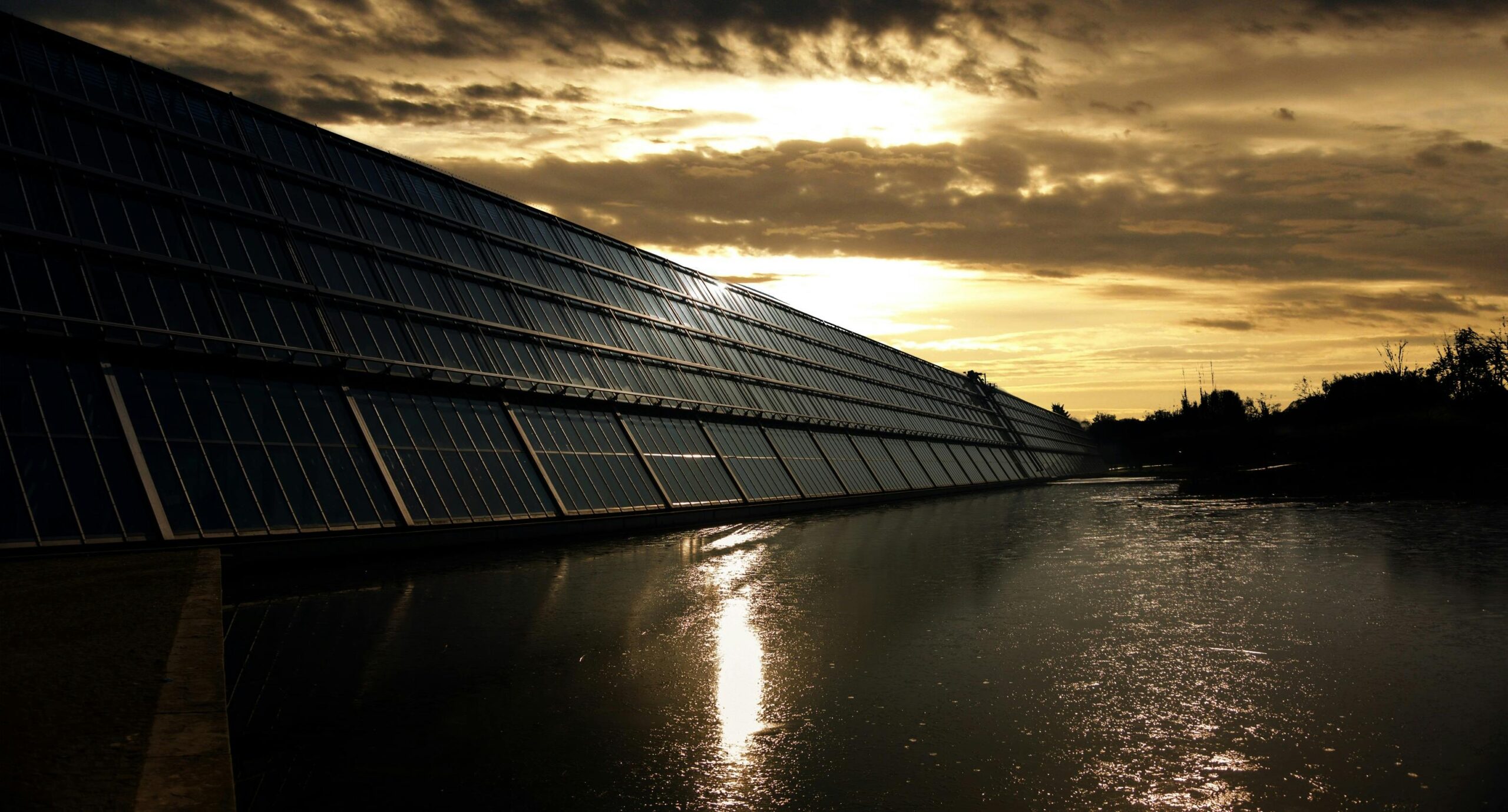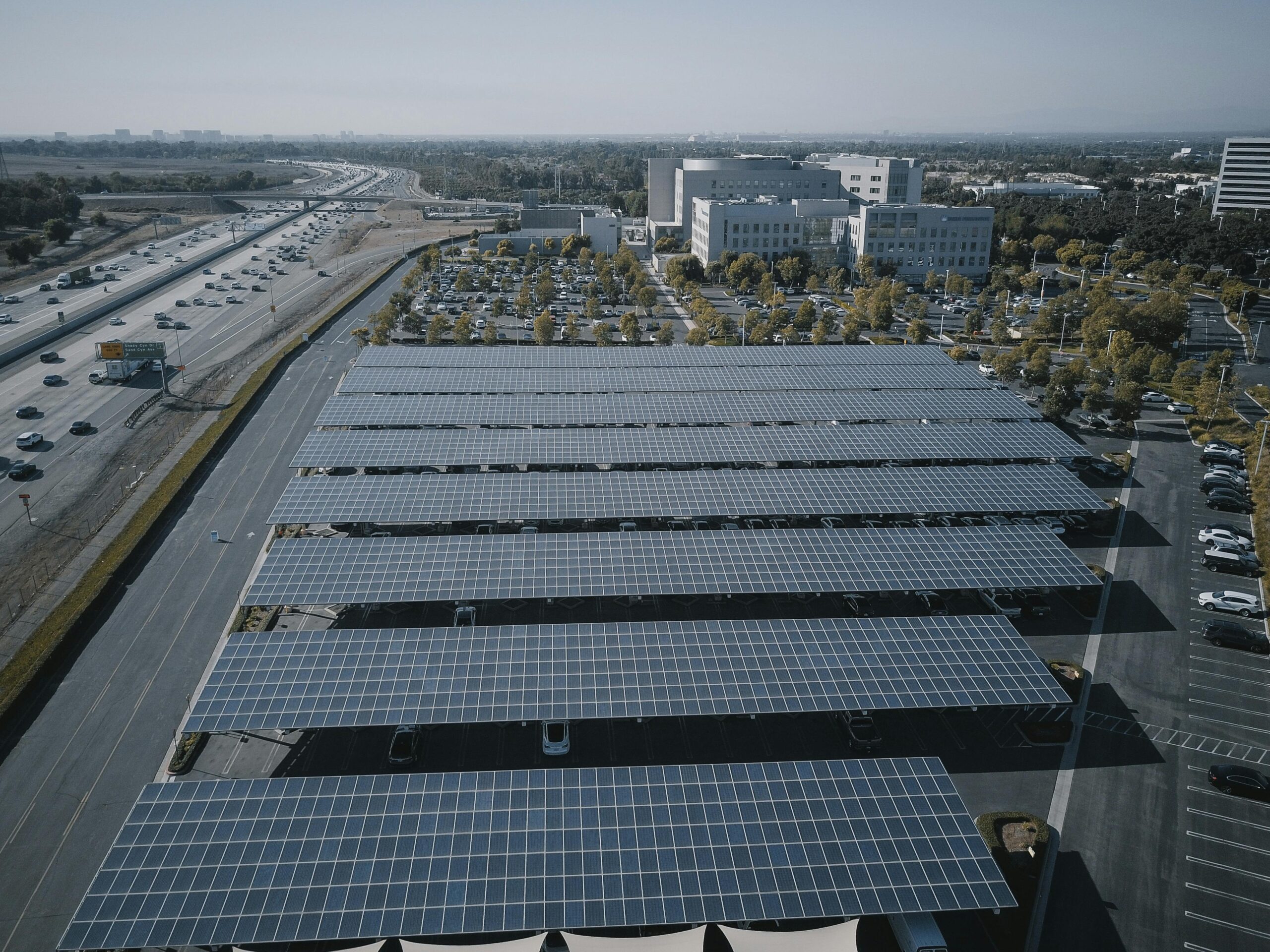The global energy landscape is undergoing a dramatic transformation, driven by urgent climate goals and breakthrough financing strategies that are reshaping how we fund our renewable future.
💡 The New Era of Clean Energy Investment
Traditional energy investment models are rapidly becoming obsolete as innovative financing mechanisms emerge to accelerate the clean energy transition. The shift from fossil fuels to renewable energy sources requires not just technological innovation, but fundamentally new approaches to capital allocation, risk management, and return optimization. Today’s investors are discovering that clean energy isn’t merely an ethical choice—it’s a compelling financial opportunity with unprecedented growth potential.
Global investment in renewable energy exceeded $500 billion in 2023, marking a pivotal moment in financial markets. This surge reflects growing recognition that clean energy solutions offer attractive risk-adjusted returns while addressing the existential challenge of climate change. From solar farms in the Sahara to offshore wind installations in the North Sea, innovative financing structures are making previously impossible projects economically viable.
🔄 Blended Finance: Catalyzing Private Capital
Blended finance has emerged as one of the most effective tools for mobilizing private investment in clean energy projects, particularly in emerging markets where risk perceptions often exceed actual risks. This approach strategically combines public or philanthropic capital with private investment to improve project economics and reduce perceived risks.
Development finance institutions and multilateral banks use first-loss capital, guarantees, and concessional loans to de-risk projects for commercial investors. The result is a multiplier effect where every dollar of public capital can attract four to seven dollars of private investment. This model has proven particularly successful in sub-Saharan Africa, where over 600 million people still lack electricity access.
Key Components of Successful Blended Finance Structures
Effective blended finance transactions typically include several distinct layers of capital, each serving a specific purpose. Senior debt providers receive priority repayment and lower returns, while junior tranches absorb initial losses but capture higher upside potential. Grants and technical assistance funding address early-stage development costs that commercial capital typically won’t cover.
The Green Climate Fund and similar institutions have pioneered blended finance approaches that are now being replicated globally. These structures have enabled gigawatt-scale renewable energy deployment in countries like India, Brazil, and Kenya, demonstrating that innovative finance can overcome traditional barriers to clean energy investment in developing economies.
📊 Yieldcos and Infrastructure Investment Trusts
Yieldcos represent a revolutionary approach to clean energy finance, offering investors stable, dividend-yielding securities backed by operational renewable energy assets. These publicly traded entities own portfolios of solar, wind, and other renewable projects that generate predictable cash flows over decades.
Unlike traditional energy companies, yieldcos focus exclusively on operating assets rather than development or construction activities. This separation reduces volatility and allows income-focused investors—including pension funds and insurance companies—to access renewable energy returns without exposure to development risks. The yieldco structure has facilitated billions in renewable energy investment across North America and Europe.
Infrastructure Investment Trusts: The Asian Innovation
India pioneered Infrastructure Investment Trusts (InvITs) as vehicles specifically designed for its massive renewable energy ambitions. These trusts function similarly to Real Estate Investment Trusts (REITs), pooling infrastructure assets and distributing cash flows to unitholders. Several major Indian renewable developers have monetized operational assets through InvITs, recycling capital into new projects while providing investors with attractive yields.
The InvIT model addresses a critical challenge in clean energy finance: the mismatch between developers who need capital recycling and institutional investors seeking stable, long-term returns. By separating construction risk from operational cash flows, InvITs create investment products perfectly suited to conservative institutional mandates.
🌐 Green Bonds: Mainstreaming Sustainable Investment
The green bond market has exploded from virtually nothing a decade ago to over $2 trillion in cumulative issuance today. These debt instruments specifically fund environmental projects, with renewable energy representing the largest use of proceeds category. Green bonds have brought climate finance into mainstream capital markets, allowing institutional investors to allocate capital at scale.
Major corporations, governments, and multilateral institutions regularly issue green bonds, creating deep, liquid markets with diverse credit profiles and maturities. The standardization provided by the Green Bond Principles has enhanced transparency and comparability, while verification and reporting requirements ensure proceeds genuinely fund environmental benefits.
Sustainability-Linked Bonds: Performance-Based Innovation
Building on the green bond success, sustainability-linked bonds (SLBs) tie interest rates to issuers’ achievement of predefined sustainability targets. Unlike traditional green bonds where proceeds fund specific projects, SLBs can finance general corporate purposes while incentivizing company-wide environmental improvements. This innovation extends sustainable finance beyond project-specific funding to transform entire corporate balance sheets.
Energy companies are increasingly using SLBs to commit to emissions reductions, renewable energy deployment targets, and other measurable sustainability goals. The financial penalty for missing targets—typically a coupon step-up—creates real accountability while rewarding achievement with lower borrowing costs.
⚡ Community Investment Models: Democratizing Clean Energy
Community ownership and investment models are revolutionizing clean energy access while addressing wealth inequality inherent in centralized energy systems. These approaches range from community solar programs that allow apartment dwellers to benefit from solar energy, to cooperative ownership structures where local residents directly own and profit from renewable installations.
Germany’s Energiewende (energy transition) relied heavily on citizen participation, with nearly half of renewable energy capacity owned by individuals and communities rather than utilities. This distributed ownership model created political support for ambitious climate policies while ensuring transition benefits flowed to ordinary citizens rather than just large corporations.
Crowdfunding Platforms: Technology Meets Investment
Digital crowdfunding platforms have emerged as powerful tools for mobilizing retail investment in clean energy projects. These platforms allow individuals to invest amounts as small as $100 in specific solar, wind, or energy efficiency projects, earning returns as the projects generate revenue. This democratization of investment access has mobilized billions in clean energy finance while building grassroots support for the energy transition.
Platforms focused on renewable energy crowdfunding have funded thousands of projects globally, from rooftop solar installations to utility-scale wind farms. The combination of financial returns and environmental impact appeals to values-driven millennials and Gen Z investors who want their money to reflect their priorities.
🏦 Institutional Capital Awakens: Pension Funds and Insurance Companies
The world’s largest institutional investors are fundamentally reassessing clean energy as an asset class. Pension funds managing trillions in retirement savings increasingly recognize that climate risks threaten long-term portfolio performance, while clean energy investments offer attractive characteristics for their long-dated liabilities.
Insurance companies face direct climate risks through increased weather-related claims, creating strong incentives to support mitigation efforts. Both sectors are natural fits for renewable energy infrastructure, which generates stable cash flows over 20-30 year periods matching their investment horizons perfectly.
Direct Investment Strategies Gain Momentum
Rather than accessing renewable energy through intermediaries, leading pension funds are building in-house capabilities to invest directly in projects and platforms. This disintermediation reduces fees while giving institutions greater control over asset selection and management. Canadian pension funds have led this trend, with CPPIB, OMERS, and others deploying billions directly into renewable energy infrastructure globally.
Direct investment requires significant internal expertise and deal flow, limiting this approach to the largest institutions. However, the cost savings and portfolio control benefits are driving more pension funds to develop these capabilities or partner with specialist managers on aligned-interest terms.
💰 Pay-As-You-Go Models: Innovation in Energy Access
Pay-as-you-go (PAYG) solar has revolutionized energy access in off-grid communities across Africa and Asia. These innovative business models combine solar home systems with mobile money platforms, allowing customers to pay in small installments via mobile phones. After completing payments, customers own their systems outright, escaping the poverty trap of expensive kerosene and candles.
PAYG companies have attracted substantial venture capital and impact investment, with firms like M-KOPA, BBOXX, and d.light serving millions of households. The model demonstrates how technology and innovative financing can overcome traditional barriers to energy access, creating both social impact and commercial returns.
Results-Based Financing Accelerates Deployment
Development agencies have supported PAYG expansion through results-based financing, where companies receive subsidies only after successfully connecting customers. This output-based approach ensures aid effectiveness while allowing market mechanisms to drive efficiency and innovation. The combination of results-based financing, commercial debt, and equity has enabled rapid scaling of PAYG solar across emerging markets.
These models also generate valuable data on customer behavior and creditworthiness, potentially enabling PAYG solar companies to expand into broader financial services for underbanked populations. The convergence of energy access, digital finance, and development impact illustrates clean energy investment’s multidimensional value creation.
🔋 Battery Storage: Unlocking Variable Renewable Integration
Energy storage represents both a critical technology and a compelling investment opportunity. As renewable energy penetration increases, storage becomes essential for managing intermittency and maximizing asset value. The rapid decline in battery costs—down over 90% in the past decade—has transformed storage economics, creating diverse investment opportunities.
Stand-alone storage projects provide grid services like frequency regulation and capacity support, generating revenue through multiple streams. Co-located storage enhances solar and wind project economics by shifting generation to higher-value periods and reducing curtailment. The resulting investment landscape includes everything from utility-scale battery installations to behind-the-meter residential systems.
Innovative Storage Financing Structures
Storage finance has evolved rapidly, with structures adapted from renewable energy project finance but modified for storage’s unique characteristics. Battery augmentation and degradation require specific contract and financial treatments. Innovative revenue-stacking approaches combine multiple value streams—energy arbitrage, capacity payments, ancillary services—to optimize returns.
Aggregated portfolios of distributed storage assets are emerging as investable opportunities, with virtual power plants coordinating thousands of batteries to provide grid services. These aggregations create scale sufficient for institutional investment while maintaining distributed physical assets that enhance grid resilience.
🌍 Emerging Market Opportunities: Risk and Reward
Emerging markets present both the greatest clean energy investment needs and the most significant perceived risks. Countries in Asia, Africa, and Latin America require trillions in clean energy investment to meet development goals while avoiding carbon-intensive pathways. Innovative financing structures are essential for mobilizing capital at this scale.
Currency risk, policy uncertainty, and counterparty concerns have traditionally limited investment flows to emerging markets. However, sophisticated risk mitigation tools—including currency hedging, political risk insurance, and multilateral guarantees—are making these investments increasingly accessible to international capital.
Local Currency Financing: Addressing the Currency Mismatch
Currency risk represents a major barrier to clean energy investment in developing countries, where projects generate local currency revenues but developers often borrow in dollars or euros. Local currency financing initiatives—supported by development banks and specialized funds—are expanding, reducing currency exposure while deepening local capital markets.
Successful local currency programs require collaboration between international institutions, domestic banks, and capital market regulators. The resulting financial ecosystem enables sustainable investment flows that don’t expose projects to existential currency risks during economic turbulence.
🎯 Impact Measurement: Quantifying Environmental and Social Returns
Sophisticated impact measurement frameworks are transforming clean energy investment by quantifying environmental and social benefits alongside financial returns. Investors increasingly demand rigorous metrics demonstrating real-world outcomes—carbon emissions avoided, jobs created, energy access expanded—not just capital deployed.
Standardization efforts like the Impact Management Project and IRIS+ metrics provide comparable frameworks for assessing and reporting impact. This measurement rigor allows impact investors to evaluate opportunities systematically while holding fund managers accountable for delivering promised outcomes.
Additionality: Ensuring Investment Creates Real Change
The concept of additionality—whether investment enables outcomes that wouldn’t occur otherwise—has become central to impact investing credibility. Simply financing already-bankable projects in developed markets provides limited additionality, while supporting first-of-kind technologies or underserved markets creates genuine incremental impact.
Thoughtful investors assess additionality across multiple dimensions: financial (providing capital on terms unavailable elsewhere), impact (targeting high-impact opportunities), and knowledge (supporting ecosystem development through technical assistance and capacity building).
🚀 Looking Forward: The Evolution of Clean Energy Finance
Clean energy investment is entering a maturation phase characterized by scale, sophistication, and mainstream acceptance. The coming decade will see continued innovation in financial structures, technology integration, and market design. Artificial intelligence and blockchain technologies promise to further reduce transaction costs and enable new peer-to-peer energy markets.
The transition from niche impact investing to mainstream capital allocation is fundamentally altering energy markets. As clean energy consistently delivers competitive returns with lower risk profiles, capital will continue flowing away from fossil fuels toward renewable alternatives. This reallocation represents one of history’s largest wealth transfers, creating both challenges and unprecedented opportunities.
Policy frameworks continue evolving to support investment at scale, with carbon pricing, clean energy standards, and subsidy reforms creating more efficient market signals. The coordination between public policy and private finance will determine the pace of energy transition and ultimately our success in addressing climate change.

⚡ Accelerating Momentum Through Financial Innovation
The clean energy investment landscape has transformed dramatically, with innovative models overcoming traditional barriers to capital deployment. From blended finance structures mobilizing private capital in emerging markets to yieldcos providing stable yields for institutional investors, financial innovation is accelerating the energy transition.
Success requires continued creativity in financial structuring, risk allocation, and return optimization. As technologies mature and policies strengthen, the investment opportunity set will expand further. The combination of environmental necessity, improving economics, and innovative financing ensures clean energy investment will remain one of the defining opportunities of our generation.
Whether through direct project investment, green bonds, community ownership models, or specialized funds, diverse pathways exist for capital to power our renewable future. The question is no longer whether clean energy represents a viable investment, but rather how quickly we can deploy capital at the scale required to meet our climate imperative while generating attractive returns.
Toni Santos is an urban innovation writer and researcher dedicated to exploring how technology, sustainability, and design are reshaping the cities of tomorrow. With a deep interest in smart infrastructure and human-centered development, Toni studies how data-driven systems and green technologies can create more livable, resilient, and efficient urban environments. Fascinated by sustainable architecture, IoT integration, and next-generation mobility, Toni’s work connects environmental awareness with digital transformation. Through research and storytelling, he examines how intelligent planning and renewable innovation can redefine the relationship between people and their cities. Blending urban design, environmental science, and systems thinking, Toni documents the breakthroughs that are reimagining how we build, move, and coexist. His work highlights the architects, engineers, and technologists leading the charge toward smarter, greener futures. His work is a tribute to: Green architecture as the foundation for sustainable living IoT innovation shaping the infrastructure of connected cities Mobility systems and renewable energy driving urban transformation Whether you’re an architect, engineer, or city planner, Toni Santos invites you to explore the technologies and ideas building the smart, sustainable cities of the future — one street, one system, one vision at a time.




